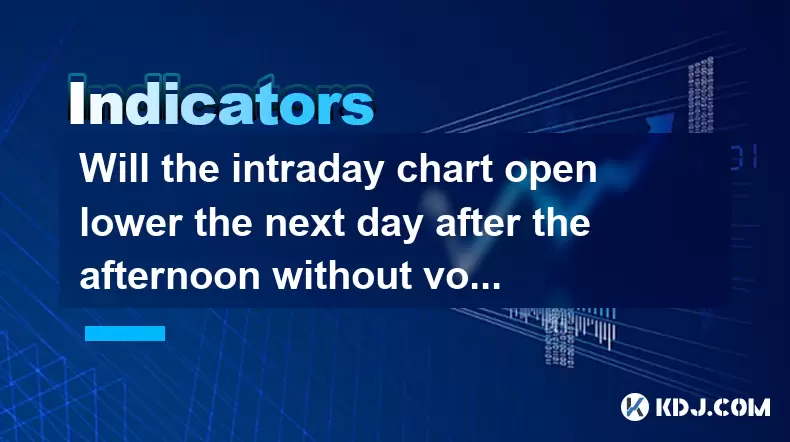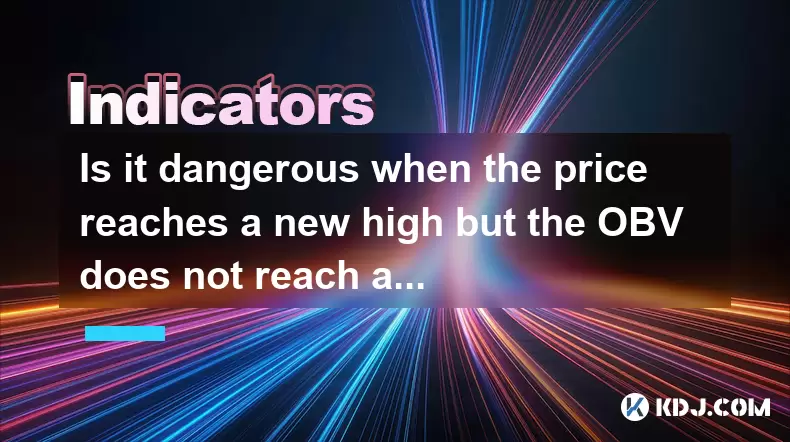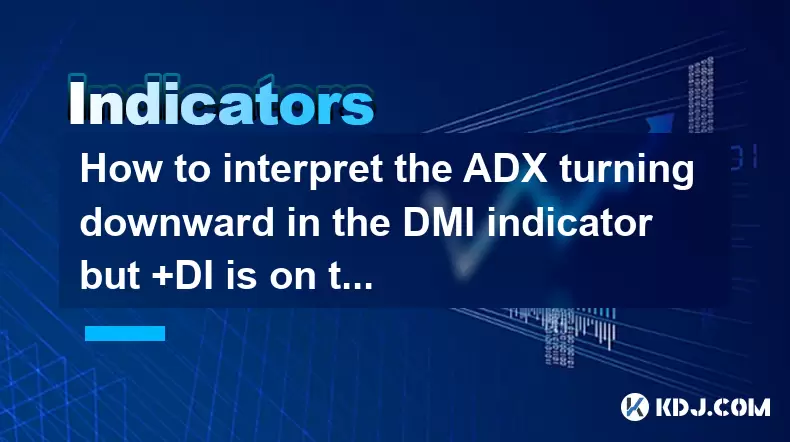-
 Bitcoin
Bitcoin $106,754.6083
1.33% -
 Ethereum
Ethereum $2,625.8249
3.80% -
 Tether USDt
Tether USDt $1.0001
-0.03% -
 XRP
XRP $2.1891
1.67% -
 BNB
BNB $654.5220
0.66% -
 Solana
Solana $156.9428
7.28% -
 USDC
USDC $0.9998
0.00% -
 Dogecoin
Dogecoin $0.1780
1.14% -
 TRON
TRON $0.2706
-0.16% -
 Cardano
Cardano $0.6470
2.77% -
 Hyperliquid
Hyperliquid $44.6467
10.24% -
 Sui
Sui $3.1128
3.86% -
 Bitcoin Cash
Bitcoin Cash $455.7646
3.00% -
 Chainlink
Chainlink $13.6858
4.08% -
 UNUS SED LEO
UNUS SED LEO $9.2682
0.21% -
 Avalanche
Avalanche $19.7433
3.79% -
 Stellar
Stellar $0.2616
1.64% -
 Toncoin
Toncoin $3.0222
2.19% -
 Shiba Inu
Shiba Inu $0.0...01220
1.49% -
 Hedera
Hedera $0.1580
2.75% -
 Litecoin
Litecoin $87.4964
2.29% -
 Polkadot
Polkadot $3.8958
3.05% -
 Ethena USDe
Ethena USDe $1.0000
-0.04% -
 Monero
Monero $317.2263
0.26% -
 Bitget Token
Bitget Token $4.5985
1.68% -
 Dai
Dai $0.9999
0.00% -
 Pepe
Pepe $0.0...01140
2.44% -
 Uniswap
Uniswap $7.6065
5.29% -
 Pi
Pi $0.6042
-2.00% -
 Aave
Aave $289.6343
6.02%
Will the intraday chart open lower the next day after the afternoon without volume?
A low-volume intraday candle often signals weak market participation, which may lead to a lower open the next day, especially if it occurs near resistance or after a bearish session.
Jun 18, 2025 at 12:49 am

Understanding the Intraday Chart Dynamics
In cryptocurrency trading, intraday charts play a crucial role in analyzing short-term price movements. Traders use these charts to observe patterns, volume changes, and potential future price directions. The 1-hour or 4-hour charts are commonly used for intraday analysis. When a candle closes with no significant volume, it raises questions about the strength of that price movement.
A key point to understand is that volume reflects market participation. If an intraday candle closes without much volume, it indicates weak interest from buyers and sellers. This lack of engagement often suggests that the price action during that period may not be meaningful in terms of trend continuation or reversal.
The Role of Volume in Price Prediction
Volume is one of the most important indicators in technical analysis. A rising price accompanied by increasing volume typically confirms strength behind the move. Conversely, a price change without corresponding volume can signal weakness or manipulation.
When traders observe low volume during an afternoon session, they often question whether this will lead to a lower open the next day. While there's no guaranteed rule, historical data shows that low volume afternoons tend to result in indecisive or bearish openings the following day. This happens because institutional players and major traders usually do not participate actively during low-volume periods.
How Low Volume Afternoon Sessions Impact Opening Prices
To analyze whether the next day’s opening will be lower, we must consider several factors:
- Market sentiment during the low-volume period
- Price level relative to key support and resistance zones
- Global macroeconomic news flow
If the afternoon session closes with no volume but near a strong support zone, the chances of a bullish gap increase. However, if the same candle appears at overbought levels or near a resistance zone, the probability of a lower open increases significantly.
It’s also essential to compare the closing price of the low-volume candle with the previous day’s close. If the price is already below the prior close, the likelihood of further downside pressure grows.
Technical Patterns During Low Volume Periods
Certain technical patterns become more relevant when analyzed in conjunction with volume. For example:
- Bearish engulfing patterns forming on low volume may not be reliable unless confirmed by increased participation the next day.
- Doji candles appearing in the absence of volume often indicate market indecision and may precede sharp moves once volume returns.
- Spinning tops with minimal volume suggest a consolidation phase rather than a reversal.
Traders should look for confirmation signals the next day, such as increased volume and momentum, before assuming the direction of the next move. Without volume, even strong candlestick patterns can give false signals.
Historical Behavior of Cryptocurrencies During Low Volume Candles
Analyzing Bitcoin and Ethereum price data over the past five years reveals interesting trends. When a 4-hour candle closes with less than average volume (by at least 50%), the next candle tends to exhibit one of the following behaviors:
- Falling into a range-bound movement
- Gap down due to lack of buyer support
- Reversal if the candle occurs after a prolonged downtrend
For instance, in early 2023, multiple afternoons showed no volume accumulation in ETH/USD pairs. The following mornings saw gaps lower by 1–2% before stabilizing. These examples reinforce the idea that low volume sessions can foreshadow weaker opens.
However, exceptions exist. During major event-driven rallies—such as ETF approval speculation—even low-volume sessions were followed by positive gaps, showing that fundamentals and sentiment can override technical indicators.
Practical Steps for Traders Facing Low Volume Scenarios
If you're actively trading and notice a recent intraday candle closing with little to no volume, here are actionable steps to take:
- Avoid entering new positions immediately after a low volume close.
- Monitor overnight order book depth to gauge potential gaps.
- Use limit orders instead of market orders to prevent slippage during illiquid periods.
- Check global exchanges to see if other regions are showing stronger participation.
- Wait for volume confirmation the next morning before making directional bets.
By applying these strategies, traders can avoid false breakouts and premature entries based solely on candlestick shapes formed during inactive hours.
Frequently Asked Questions
Q: Can I rely solely on volume to predict the next day’s open?
No, volume should be used alongside other tools like moving averages, RSI, and support/resistance levels. Volume alone cannot guarantee outcomes but provides context to price action.
Q: Is a low volume candle always bearish?
Not necessarily. A low volume candle can appear in any market condition. Its implications depend on the broader context such as trend, volatility, and proximity to key price zones.
Q: How long does it take for volume to return after a low-volume session?
Typically, within 4–8 hours on major crypto exchanges. However, weekends or holiday periods may extend low volume conditions beyond a single session.
Q: Should I close my positions after seeing a low volume candle?
Only if your risk management plan includes filters for liquidity and volume. Otherwise, it’s better to wait for confirmation of a trend reversal before exiting.
Disclaimer:info@kdj.com
The information provided is not trading advice. kdj.com does not assume any responsibility for any investments made based on the information provided in this article. Cryptocurrencies are highly volatile and it is highly recommended that you invest with caution after thorough research!
If you believe that the content used on this website infringes your copyright, please contact us immediately (info@kdj.com) and we will delete it promptly.
- 2025-W Uncirculated American Gold Eagle and Dr. Vera Rubin Quarter Mark New Products
- 2025-06-13 06:25:13
- Ruvi AI (RVU) Leverages Blockchain and Artificial Intelligence to Disrupt Marketing, Entertainment, and Finance
- 2025-06-13 07:05:12
- H100 Group AB Raises 101 Million SEK (Approximately $10.6 Million) to Bolster Bitcoin Reserves
- 2025-06-13 06:25:13
- Galaxy Digital CEO Mike Novogratz Says Bitcoin Will Replace Gold and Go to $1,000,000
- 2025-06-13 06:45:13
- Trust Wallet Token (TWT) Price Drops 5.7% as RWA Integration Plans Ignite Excitement
- 2025-06-13 06:45:13
- Ethereum (ETH) Is in the Second Phase of a Three-Stage Market Cycle
- 2025-06-13 07:25:13
Related knowledge

How to interpret the low opening the next day after the long lower shadow hits the bottom?
Jun 18,2025 at 12:22am
Understanding the Long Lower Shadow Candlestick PatternIn technical analysis, a long lower shadow candlestick is often seen as a potential reversal signal in a downtrend. This pattern occurs when the price opens, trades significantly lower during the session, but then recovers to close near the opening price or slightly above. The long wick at the botto...

How to operate the RSI indicator repeatedly in the 40-60 range?
Jun 18,2025 at 12:56am
Understanding the RSI Indicator and Its RelevanceThe Relative Strength Index (RSI) is a momentum oscillator widely used in cryptocurrency trading to measure the speed and change of price movements. Typically, the RSI ranges from 0 to 100, with levels above 70 considered overbought and below 30 considered oversold. However, when the RSI repeatedly stays ...

Why is the volume ratio suddenly enlarged three times but the price fluctuation is small?
Jun 18,2025 at 04:42am
Understanding the Relationship Between Trading Volume and Price MovementIn the world of cryptocurrency trading, volume is a crucial metric that reflects the number of assets traded within a specific time frame. It often serves as an indicator of market interest and liquidity. However, there are instances where trading volume surges dramatically—sometime...

How strong is the MACD golden cross below the zero axis?
Jun 17,2025 at 11:00pm
Understanding the MACD Indicator in Cryptocurrency TradingThe Moving Average Convergence Divergence (MACD) is one of the most widely used technical indicators among cryptocurrency traders. It helps identify potential trend reversals, momentum shifts, and entry or exit points. The MACD consists of three main components: the MACD line, the signal line, an...

Is it dangerous when the price reaches a new high but the OBV does not reach a new high?
Jun 18,2025 at 06:14am
Understanding On-Balance Volume (OBV) in Cryptocurrency TradingIn the world of cryptocurrency trading, technical indicators play a crucial role in analyzing market behavior and predicting future price movements. One such widely used indicator is the On-Balance Volume (OBV), which helps traders assess the strength of buying or selling pressure behind pri...

How to interpret the ADX turning downward in the DMI indicator but +DI is on the top?
Jun 18,2025 at 08:01am
Understanding the Role of Decentralized Finance in Modern Cryptocurrency EcosystemsDecentralized Finance, commonly known as DeFi, has emerged as a cornerstone of the modern cryptocurrency ecosystem. Unlike traditional financial systems that rely on centralized intermediaries like banks and brokers, DeFi platforms operate on blockchain networks to offer ...

How to interpret the low opening the next day after the long lower shadow hits the bottom?
Jun 18,2025 at 12:22am
Understanding the Long Lower Shadow Candlestick PatternIn technical analysis, a long lower shadow candlestick is often seen as a potential reversal signal in a downtrend. This pattern occurs when the price opens, trades significantly lower during the session, but then recovers to close near the opening price or slightly above. The long wick at the botto...

How to operate the RSI indicator repeatedly in the 40-60 range?
Jun 18,2025 at 12:56am
Understanding the RSI Indicator and Its RelevanceThe Relative Strength Index (RSI) is a momentum oscillator widely used in cryptocurrency trading to measure the speed and change of price movements. Typically, the RSI ranges from 0 to 100, with levels above 70 considered overbought and below 30 considered oversold. However, when the RSI repeatedly stays ...

Why is the volume ratio suddenly enlarged three times but the price fluctuation is small?
Jun 18,2025 at 04:42am
Understanding the Relationship Between Trading Volume and Price MovementIn the world of cryptocurrency trading, volume is a crucial metric that reflects the number of assets traded within a specific time frame. It often serves as an indicator of market interest and liquidity. However, there are instances where trading volume surges dramatically—sometime...

How strong is the MACD golden cross below the zero axis?
Jun 17,2025 at 11:00pm
Understanding the MACD Indicator in Cryptocurrency TradingThe Moving Average Convergence Divergence (MACD) is one of the most widely used technical indicators among cryptocurrency traders. It helps identify potential trend reversals, momentum shifts, and entry or exit points. The MACD consists of three main components: the MACD line, the signal line, an...

Is it dangerous when the price reaches a new high but the OBV does not reach a new high?
Jun 18,2025 at 06:14am
Understanding On-Balance Volume (OBV) in Cryptocurrency TradingIn the world of cryptocurrency trading, technical indicators play a crucial role in analyzing market behavior and predicting future price movements. One such widely used indicator is the On-Balance Volume (OBV), which helps traders assess the strength of buying or selling pressure behind pri...

How to interpret the ADX turning downward in the DMI indicator but +DI is on the top?
Jun 18,2025 at 08:01am
Understanding the Role of Decentralized Finance in Modern Cryptocurrency EcosystemsDecentralized Finance, commonly known as DeFi, has emerged as a cornerstone of the modern cryptocurrency ecosystem. Unlike traditional financial systems that rely on centralized intermediaries like banks and brokers, DeFi platforms operate on blockchain networks to offer ...
See all articles

























































































